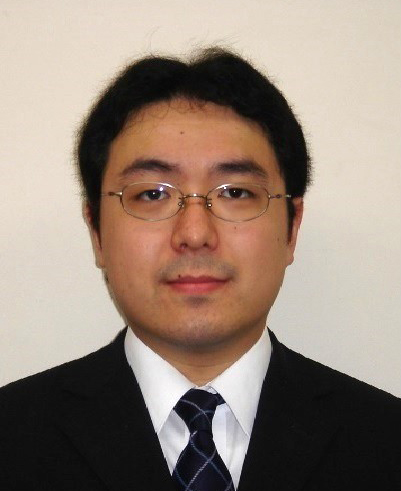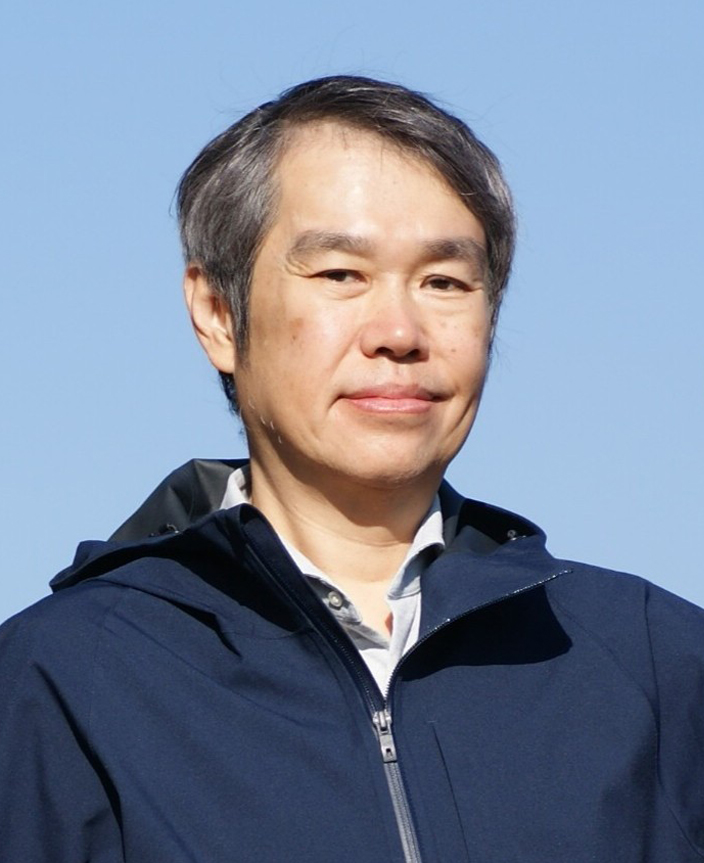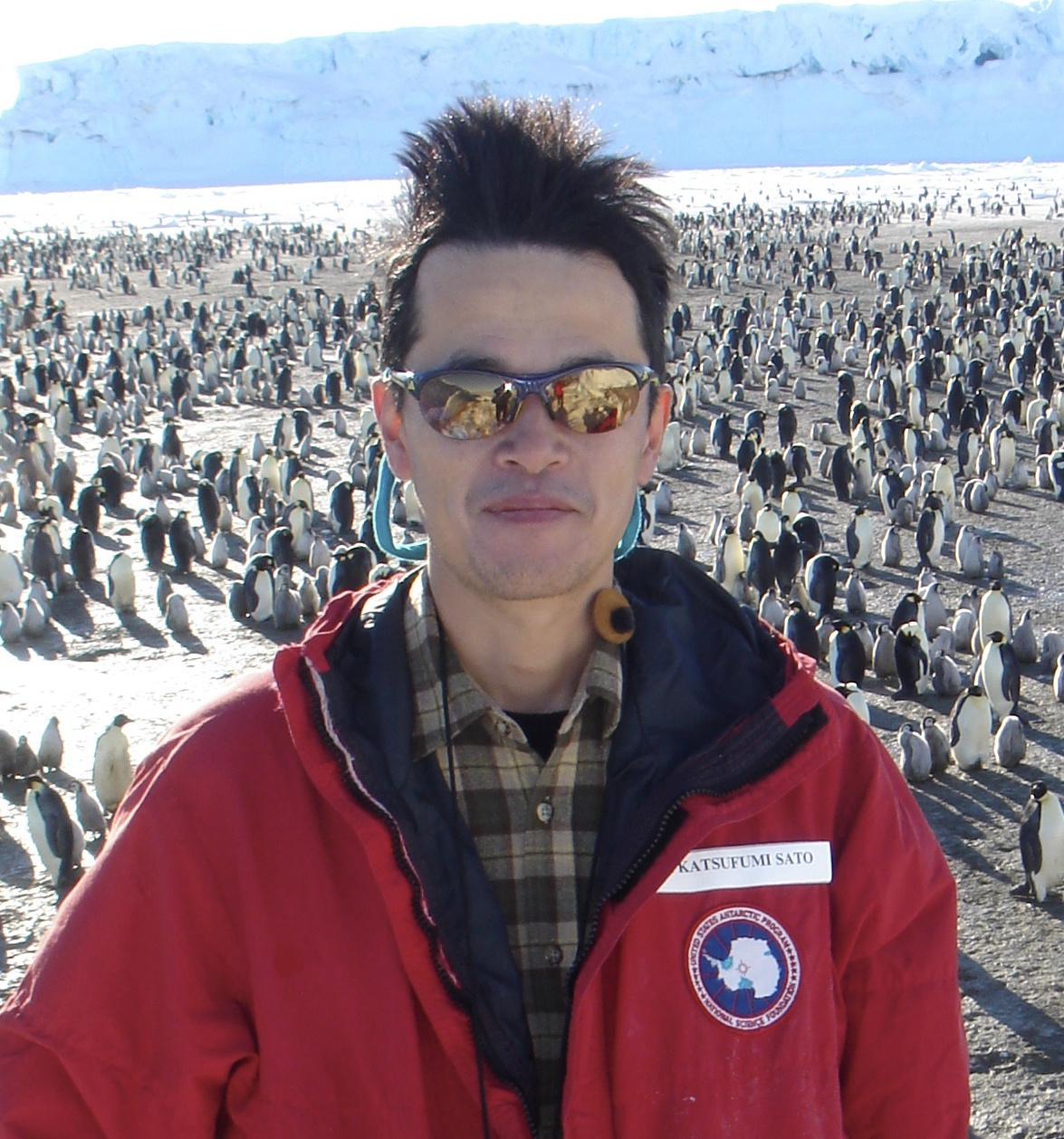文部科学省研究開発局海洋地球課長。2003年4月文部科学省に入省。同省研究開発局海洋地球課課長補佐、同省研究振興局参事官(情報担当)付学術基盤整備室長、内閣官房国家安全保障局企画官、
日本医療研究開発機構(AMED)先進的研究開発事業部長などを経て、2025年7月より現職として海洋科学技術等の研究開発に関する政策の企画立案や推進などに従事。
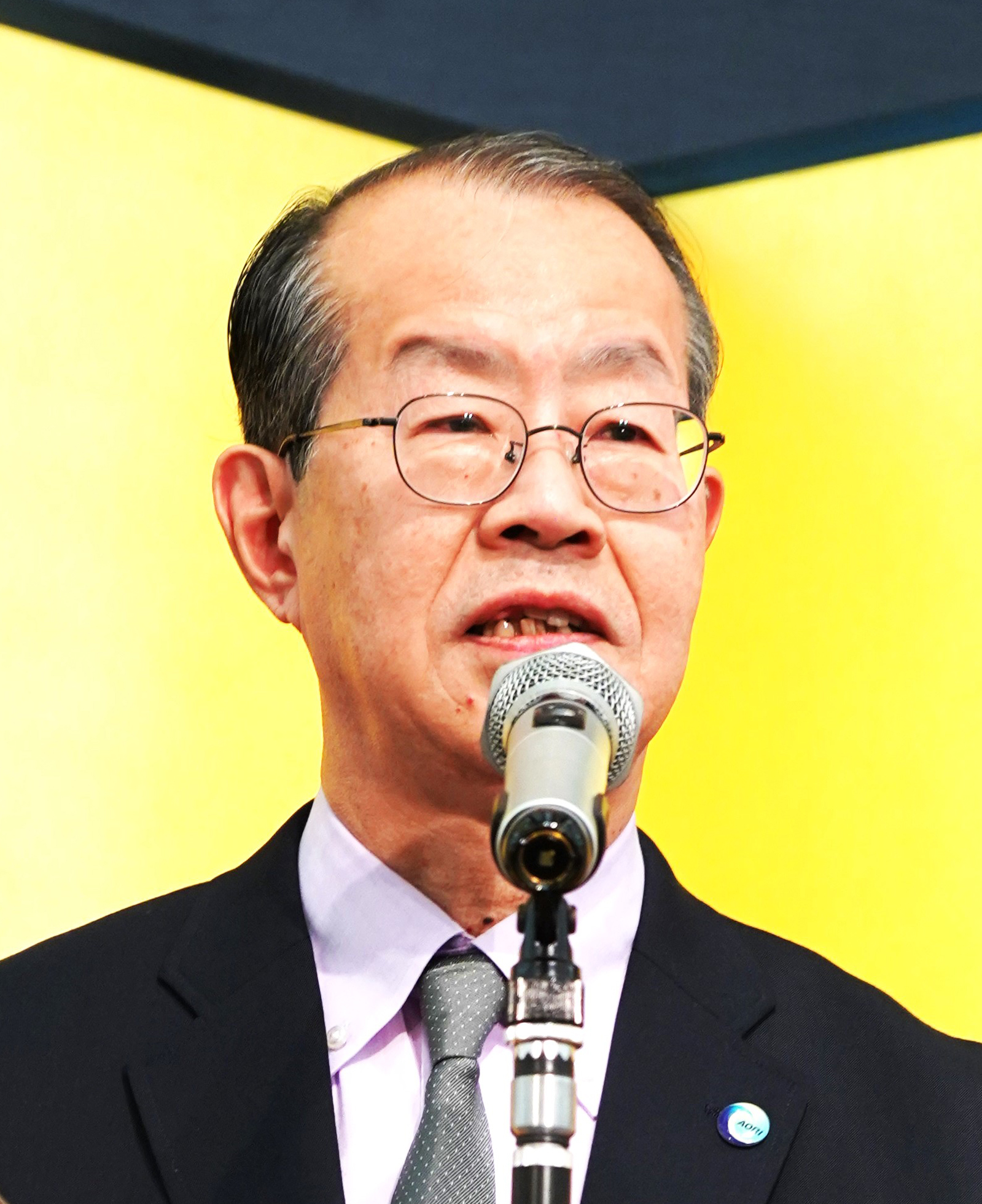
道田 豊
ユネスコ政府間海洋学委員会(IOC)議長
Prof. Yutaka Michida, PhD, after his service as a governmental official at the Hydrographic Department of Japan Coast Guard for 16 years, joined the Ocean Research Institute of the University of Tokyo in 2000, with the present position of the Special Presidential Envoy for UN Ocean Decade of the University of Tokyo since 2024. He has been the Chairperson of Intergovernmental Oceanographic Commission of UNESCO since 2023. As his contributions to academic communities, he is the President of Japan Society of Marine Surveys and Technology since 2017, the President of Driftological Society since 2021, and a vice President of Japan Society of Ocean Policy since 2020, majored in physical oceanography with his recent expansion to cover marine policy.
道田豊、東京大学総長特使「国連海洋科学の10年」担当)、東京大学大気海洋研究所特任教授。博士(理学)。海上保安庁水路部に16年勤務した後2000年に東京大学海洋研究所助教授。その後同大気海洋研究所教授、副所長等を経て、2024年から現職。2023年からユネスコ政府間海洋学委員会議長を務めるほか、海洋調査技術学会会長(2017年~)、漂着物学会会長(2021年~)、日本海洋政策学会副会長(2020年~)など。専門は海洋物理学、ここ20年ほど海洋政策にも研究分野を拡張。
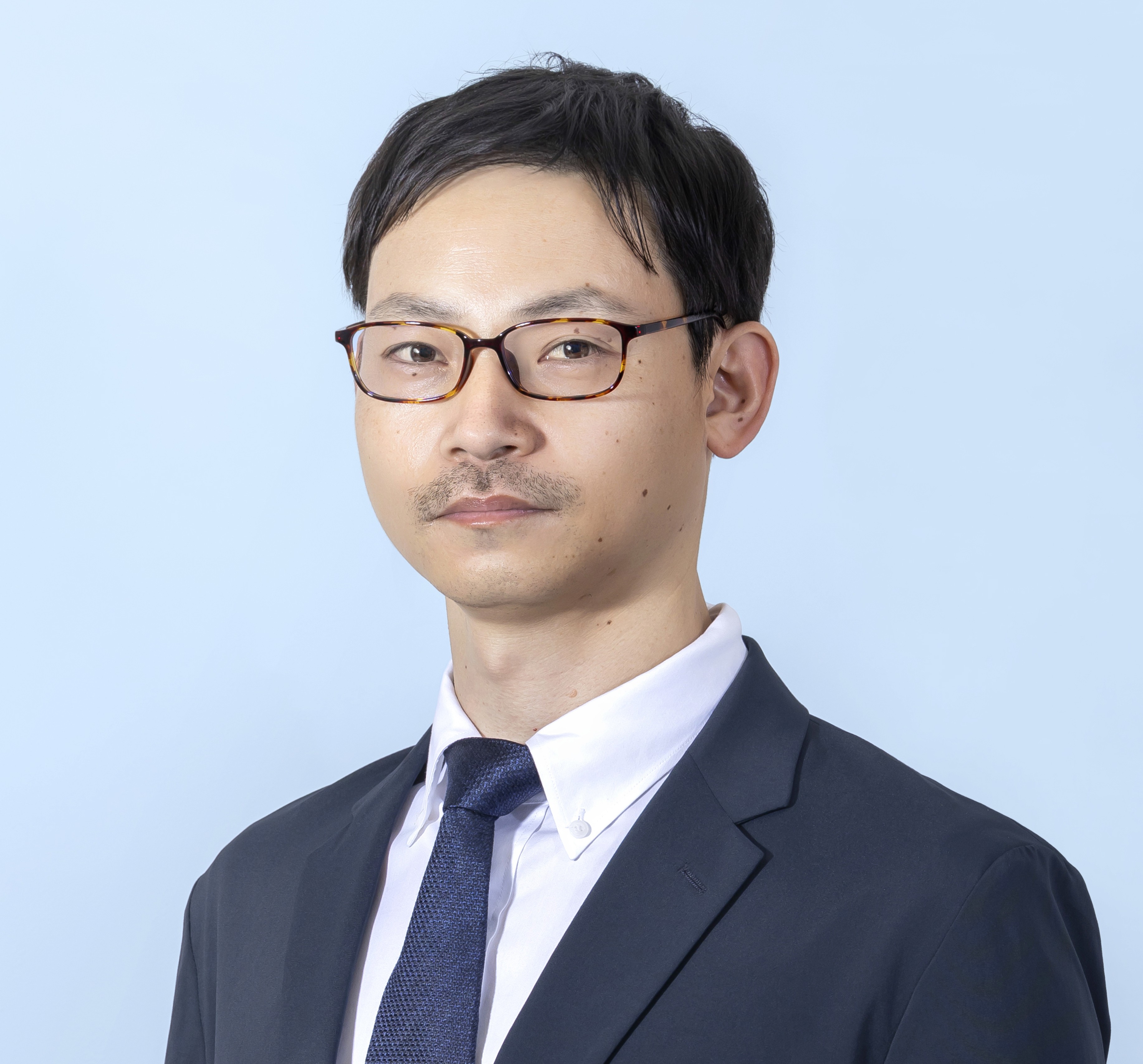
幡野 尚宏
国立研究開発法人科学技術振興機構(JST)
研究開発戦略センター(CRDS)環境・エネルギーユニットフェロー
防衛大学校理工学研究科前期課程修了。防衛装備品に関する研究開発などに従事。2014年よりJSTにて主に研究開発支援業務に携わり、内閣府事業や戦略的創造研究推進事業などの企画・運営を担当。現在は環境・エネルギー関連分野の調査・分析等を担当。
北海道大学卒業、帯広畜産大学・大学院修士課程修了、東京都立大学・大学院博士課程修了 博士(理学)。フィールドワークとデータサイエンスを統合して、世界の陸・海の生物多様性を可視化するマクロ生態学、およびシステム化保全計画の実装を推進している。さらに、自然の価値を可視化する「株式会社シンク・ネイチャー」を起業し、自然資本への投資が評価され豊かな社会経済へと繋がる世界の実現に挑戦している。
講演概要:海の生物多様性と生態系サービスは、社会経済を支える自然資本である。海洋関連の自然環境情報は集積されてきており、データテクノロジー的に海の豊かを可視化し、海洋の保全・利用を科学的アプローチで実装することは現状でも十分に可能である。このような観点から、本プロジェクトでは、海洋のマクロ生態学と海洋空間計画に関する分析を継続してきた。今回の発表では、海の自然資本の「見える化」の最前線を報告し、海を取り巻く課題を解決する道筋を議論する。
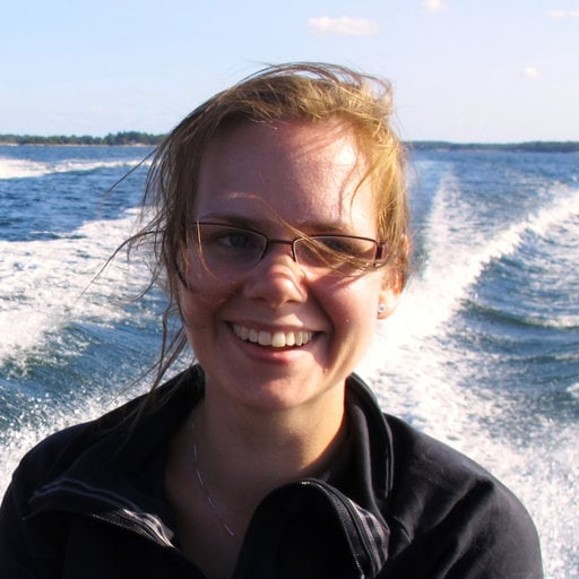
VIRTANEN Elina
Senior Research Scientist, Nature Solutions Unit, Finnish Environment Institute
Researcher, Conservation Biology Informatics Group, University of Helsinki
Associate Professor, Conservation Science
Dr. Elina Virtanen is a senior research scientist in the Nature Solutions unit at the Finnish Environment Institute and a researcher in the Conservation Biology Informatics group at the University of Helsinki. She is an Associate Professor in Conservation Science and holds a PhD in Applied Marine Sciences. Her main area of expertise is in spatial ecology, spatial optimization, and ecological impact avoidance. For the past 15 years, she has worked extensively at the science-policy interface, providing scientific knowledge to support marine conservation, marine spatial planning and sustainable sea use.
講演概要:The offshore wind energy sector has grown rapidly in recent years, supported by investment, technological advances, and policies to reduce carbon emissions. A key challenge still remains how to balance energy production with potential negative impacts on people and marine nature. We developed a pragmatic method for the integration of offshore wind energy planning (OWF) that integrates high-dimensional spatial data in using the spatial prioritization method Zonation. The dataset used included ecological, societal and economic factors, which either opposed or supported the development of OWFs. When all criteria were integrated, it was possible to find a balanced solution where offshore wind farms cause little disturbance to biodiversity and people, while at the same time yielding high profitability for wind energy production. As an outcome, new areas well suited for large scale wind power deployment were identified, where construction costs would be moderate and disturbance to marine biodiversity, other maritime industries and people limited. The method was developed and tested in Finland, and led to the establishment of four areas now planned to be opened for auction to developers. Overall, the study demonstrates a generic and transparent framework for avoiding ecological impacts and resolving conflicts in OWF planning. The approach is replicable and broadly applicable to planning processes for construction or resource extraction where trade-offs between biodiversity, societal needs, and economic gains must be addressed.
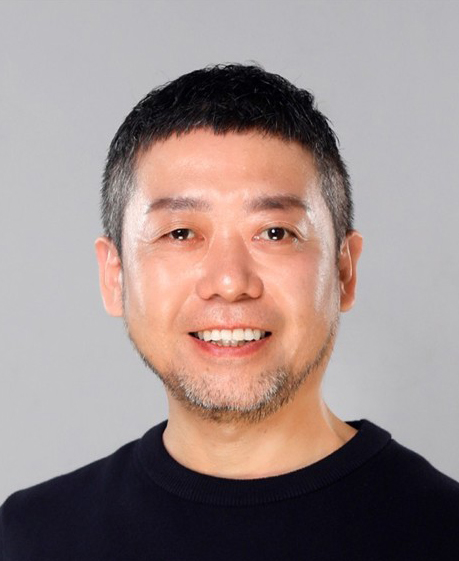
高塚 進
株式会社ソニーコンピュータサイエンス研究所(Sony CSL) リサーチャー
国立研究開発法人海洋研究開発機構(JAMSTEC)超先鋭研究開発部門 客員研究員
多摩美術大学卒業後、ソニー・インタラクティブエンタテインメントに入社し、クリエイティブプロデューサーとして「サルゲッチュ」などのPlayStationゲームタイトルを手掛けた。その後はソニーにおいて「Walkman」やウェアラブルデバイス「SmartWear」など多様なプロダクトプランニングを主導し、試作研究から市場投入まで製品開発を牽引した。2018年以降はソニーグループにてAIとセンサー技術の研究に従事し、2020年からはイベントベースビジョンセンサー(EVS)を用いた海洋粒子観測研究を開始、プランクトンやマリンスノーなどの浮遊粒子を対象とした環境影響評価実験を進めている。さらに2021年よりJAMSTEC客員研究員として、海洋科学と先端センシング技術の融合研究に取り組んでいる。
講演概要:私たち生物は、繰り返し動作することで移動します。その繰り返しの頻度は種ごとに異なり、それぞれ特徴的な周波数を持っています。微小な生物は人間よりもはるかに高速な時間スケールで生きており、海中のプランクトンや陸上の昆虫は、1秒間に数十〜数百回もの運動を繰り返して移動しています。これらの高速な動きは、人間の視覚能力では認識できません。
しかし、最新のセンシングテクノロジーとAIを活用すれば、こうした微小生物の高速運動を捉えることが可能です。
本研究では、産業用ロボットやドローン向けに開発されたイベントベース・ビジョンセンサー(EVS)を用いた、海中浮遊粒子の高速直接計測手法をご提案いたします。EVSは画素ごとの輝度変化のみを非同期で出力し、フレーム同期なしで毎秒10,000コマ相当の高速取得を実現します。その結果、従来の高速度カメラ(9,000 fpsで1分間あたり約600 GB)と同等の時間分解能を、わずか200 MB〜1 GB/分のデータ量で達成いたしました。
海中での直接観測実験においては、1分間に5,000個以上のプルーム粒子を計測し、粒径分布や流向・流速の解析に加えて、生物粒子の分類やバイオマス推定の可能性を示しました。さらに、従来の高速度カメラと比較して消費電力を10分の1以下に抑えることに成功しました。この高い情報圧縮能力と低消費電力を活かし、将来的にはフローティングドローンなどの無人機器への長期搭載も視野に入れており、“海洋粒子観測センシングネットワーク”の構築を通じて、次世代の海洋環境モニタリング基盤の確立を目指しています。
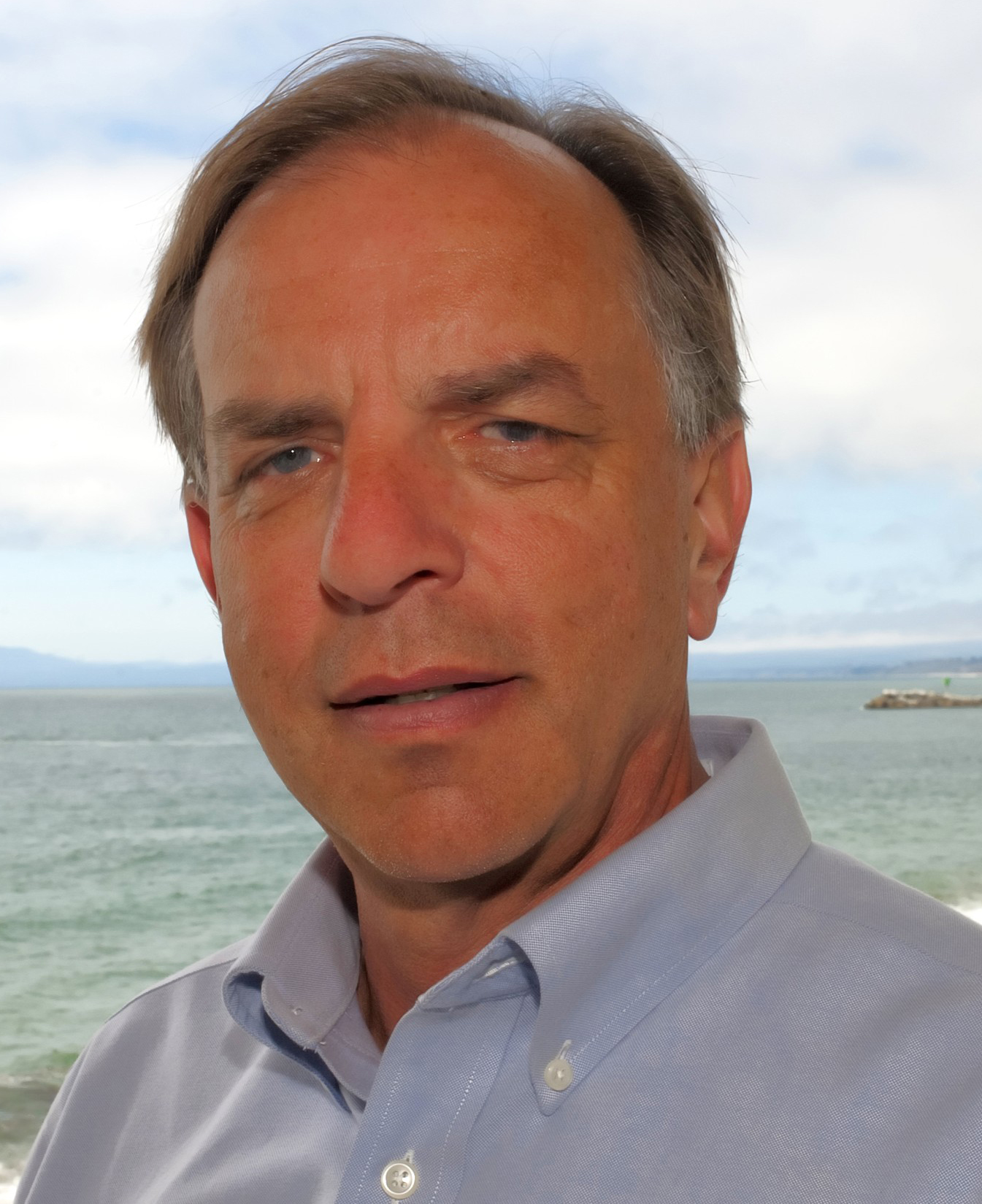
JOHNSON Ken
Senior Scientist, Monterey Bay Aquariam Research Institute
Kenneth S. Johnson is a Senior Scientist at the Monterey Bay Aquarium Research Institute. He received his B.S. degrees in Chemistry and Oceanography from the University of Washington and his Ph.D. in Oceanography from Oregon State University. Prior to joining MBARI, he was Professor of Oceanography at Moss Landing Marine Laboratories. At MBARI, he directs the Chemical Sensor Laboratory, which is focused on the development of chemical sensors that can be deployed in large scale, wireless networks and the application of these tools to studies of chemical cycling and ecosystem health throughout the ocean. A major effort is building a network of 500 biogeochemical profiling floats that carry ISUS/SUNA nitrate sensors and DuraFET pH sensors developed in the Chemical Sensor Lab. This network will span the global ocean. It is carried out through the SOCCOM project (Southern Ocean Carbon and Climate Observations and Modeling; https://soccom.princeton.edu) and the GO-BGC (Global Ocean Biogeochemistry Array; https://go-bgc.org) projects, which he directs. Ken also serves as Co-Chair of the Biogeochemical-Argo program (http://biogeochemical-argo.org), a consortium of 18 national BGC-Argo programs.
Ken Johnson is author of 200 papers in scientific journals. He served two terms as Chair of the University-National Oceanographic Laboratory System (UNOLS), which coordinates activities of the US academic research fleet. Johnson was selected Sverdrup Lecturer for the American Geophysical Union and was elected Fellow of the American Geophysical Union in 2011.
講演概要:Our oceans are changing faster than at any other point in human history. Yet the number of ship-based chemical and biological observations have been declining and leaving us blind to the chemical and biological effects of this change. The Biogeochemical-Argo (BGC-Argo) array of profiling floats (Figure 1) provides a solution to this dilemma.
Based on the successful Argo observing system for temperature and salinity that has operated for 25 years, over 500 active floats have been augmented with multiple BGC sensors. They have generated millions of observations of essential chemical and biological variables such as oxygen, pH, nitrate (a primary plankton nutrient), and plankton biomass from the Nordic Seas to the seasonally ice-covered waters of the Southern Ocean (Figure 1). They sample the ocean from the surface to a depth of 2 km.
The availability of BGC-Argo data in real-time has created a watershed moment for science and society. For example, with ~65,000,000 quality-controlled oxygen measurements available from profiling floats since 2002, artificial intelligence (AI) methods can be used to produce well resolved 4-D maps of oxygen throughout the ocean (e.g. Sharp et al., Ito et al., Xue et al., Ma et al.). This allows global assessments and quantification of the processes that control dissolved oxygen (e.g., Yamaguchi et al., 2024). The challenge is now to use these observations to understand and better manage the ocean in the face of environmental change. This talk will focus on successes to date and future opportunities.
京都大学でウミガメの体温決定機構に関する研究テーマで農学博士号を取得。国立極地研究所で博士研究員として過ごした後、助手としてペンギンやアザラシの研究に従事。第40次南極地域観測隊越冬隊員として南極昭和基地で1年半を過ごし、他にもアメリカやフランスの南極・亜南極基地にてペンギンやアザラシの研究を行う。2004年より東京大学大気海洋研究所准教授として岩手県大槌町にある国際沿岸海用研究センターに着任した後は、海鳥類とウミガメ類の研究を継続している。2014年より東京大学大気海洋研究所教授に着任し、現在に到る。
講演概要:食料の獲得やマリンレジャーなど、人類は海洋生態系から多大なる恩恵を被っている。一方で、様々な人為的活動が地球環境や海洋生態系に対して深刻な影響を及ぼすことが顕在化している。持続可能な形で海洋生態系を利用する方策を模索していかねばならないが、地球表面の7割を占め、平均水深3800メートルにもなる膨大な海洋を把握し、海洋生態系変動のメカニズムを理解するのは非常に難しい。私はこれまで海洋の大型動物の生態を調べてきた。その主な研究手段がバイオロギングである。これは、広い海洋を勝手気ままに動き回る動物に、小型の計測機器を装着することで行動や生理、さらに動物を取り巻く環境を測定しようとするやり方だ。直接観察が難しいためにそれまで謎に包まれていた海洋動物の生活史について、様々な発見があった。それと同時に、バイオロギングによって得られる膨大なデータには、想定外の潜在的価値があることに気がついた。例えば、ウミガメは広く回遊しながら潜水を繰り返す間に、水面下の水温や塩分を測定してくれる。あるいは海鳥の動きを詳しく解析することで、海上風・表面流・波浪といった大気海洋境界層の物理環境が把握できるのだ。これらのデータが、気象や海洋の現状把握や季節予報の精度を上げる事例が報告されている。あるいは、海洋で暮らす動物たちの暮らしぶりを長期間にわたって直接記録するバイオロギングデータは、環境変化に対する動物たちの反応であり、それは環境アセスメントで最も必要とされている情報である。ウミガメや海鳥といった動物たちの回遊経路や動物たちの目線で撮影した画像は、エンターテイメントとして魅力的で、一般市民の海洋リテラシーを向上させるための教材としても使えることにも気がついた。これらの社会実装を成し遂げて、海洋生物と人の持続可能な共生社会を実現したいと思っている。
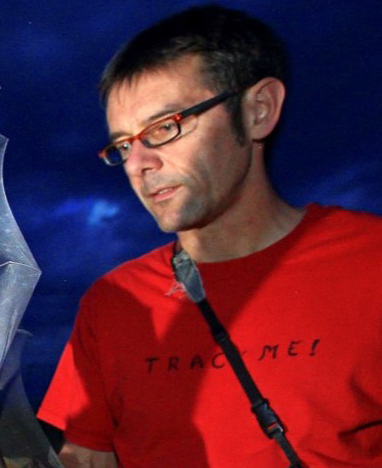
WIKELSKI Martin
Director, Max Planck Institute of Animal Behavior
Professor in Biology, University of Konstanz
Member, German Academy of Sciences Leopoldina
Martin Wikelski is the Director of the Max Planck Institute of Animal Behavior (formerly Ornithology) in Radolfzell (Germany), Professor in Biology at the University of Konstanz and member of the German Academy of Sciences Leopoldina. Previously, he held positions at the University of Washington, Seattle, WA; Smithsonian Tropical Research Institute, Panama; University of Illinois Urbana-Champaign; Princeton University. His specialization is the study of global animal movement.
講演概要:The collective wisdom of the Earth´s animals provides an immense bio-treasure of unprecedented information for humankind. Learning from animals in the ´Internet of Animals´ can help us predict natural catastrophes, forecast global zoonotic disease spreads or safeguard food resources while monitoring in situ every corner of the planet. The evolved senses of animals as well as technical sensors on animal-borne tracking tags enables local earth observations at highest spatial and temporal resolution. To protect and understand the ecosystem services provided by animals, we need to monitor individual animals seamlessly on a global scale. At the same time, these unprecedented life-history data of individual wild animals provide deep, novel insight into fundamental biological processes.
The ICARUS initiative, an international bottom-up, science-driven technology development of small, cheap and autonomous IoT (Internet of Things) sensing devices for animal movement and behavior is aiming towards this: wearables for wildlife. The resulting big data available in the open-source data base Movebank help understand, monitor, predict and protect life on our planet.
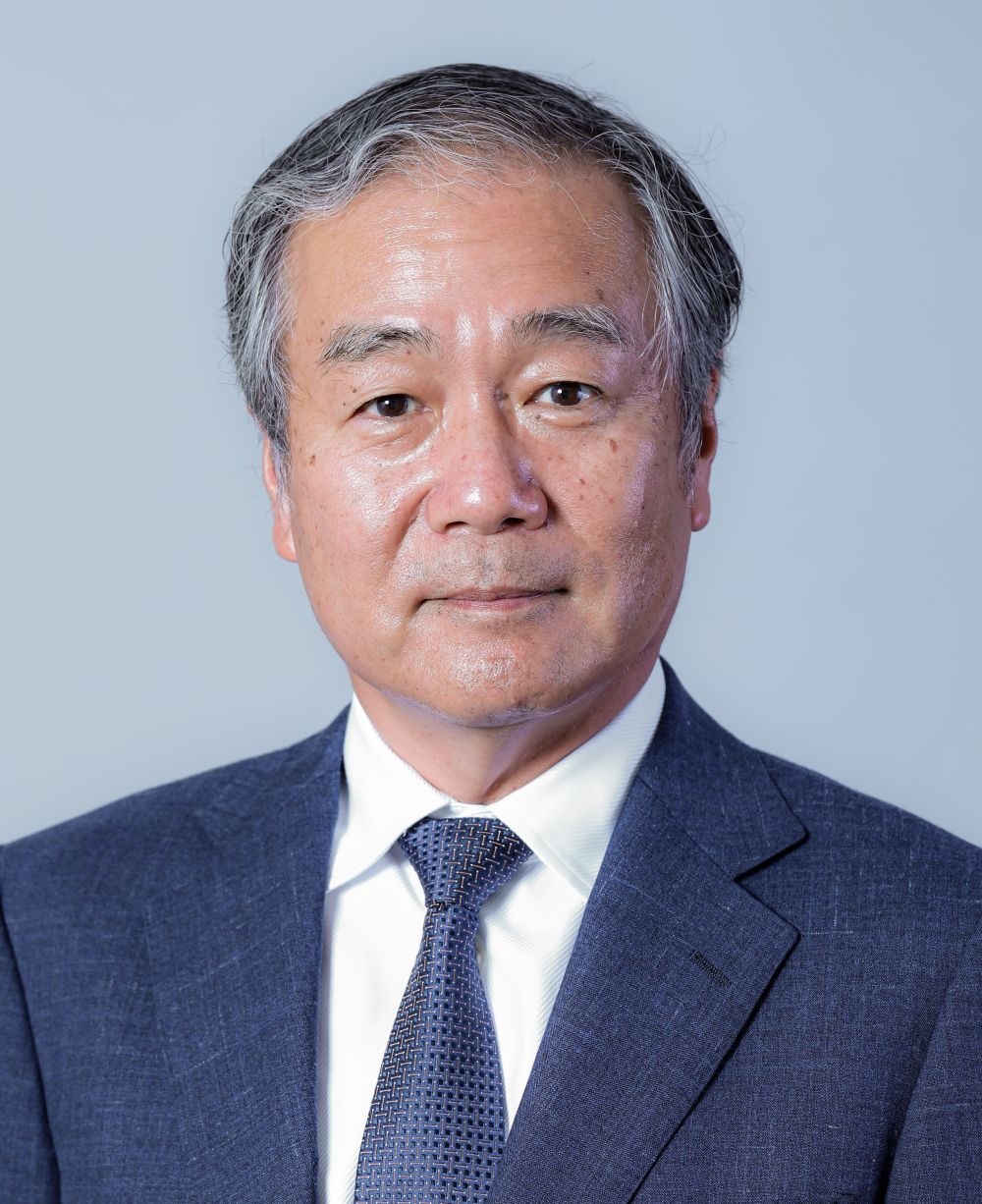
赤松 友成
Professor, Research Organization for Nano & Life Innovation, Waseda University
Tomonari Akamatsu is a professor at the Research Organization for Nano & Life Innovation, Waseda University. Ph.D. (Agriculture). Completed master's program of Physics at Tohoku University Graduate School of Science, Ph.D. (Agriculture, Nihon University). Since 1989-2019, he has been a researcher at the Fisheries Research and Education Agency (formerly, Fisheries Research Agency). He was a visiting researcher at the National Institute of Polar Research, and the University of Kentucky's Department of Biological Sciences. He was a Director of Ocean Policy Research Division and a Senior Researcher at the Sasakawa Peace Foundation during 2020-2024. Specializes in bioacoustics, marine acoustics, and environmental impact studies. He serves as the member of the International Organization for Standardization TC43 Technical Committee, specialist group of cetaceans and sirenians of IUCN, a distinguished lecturer of IEEE/OES and many of international/domestic committees of governments and academia.
